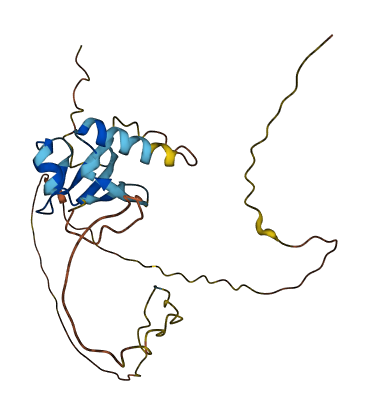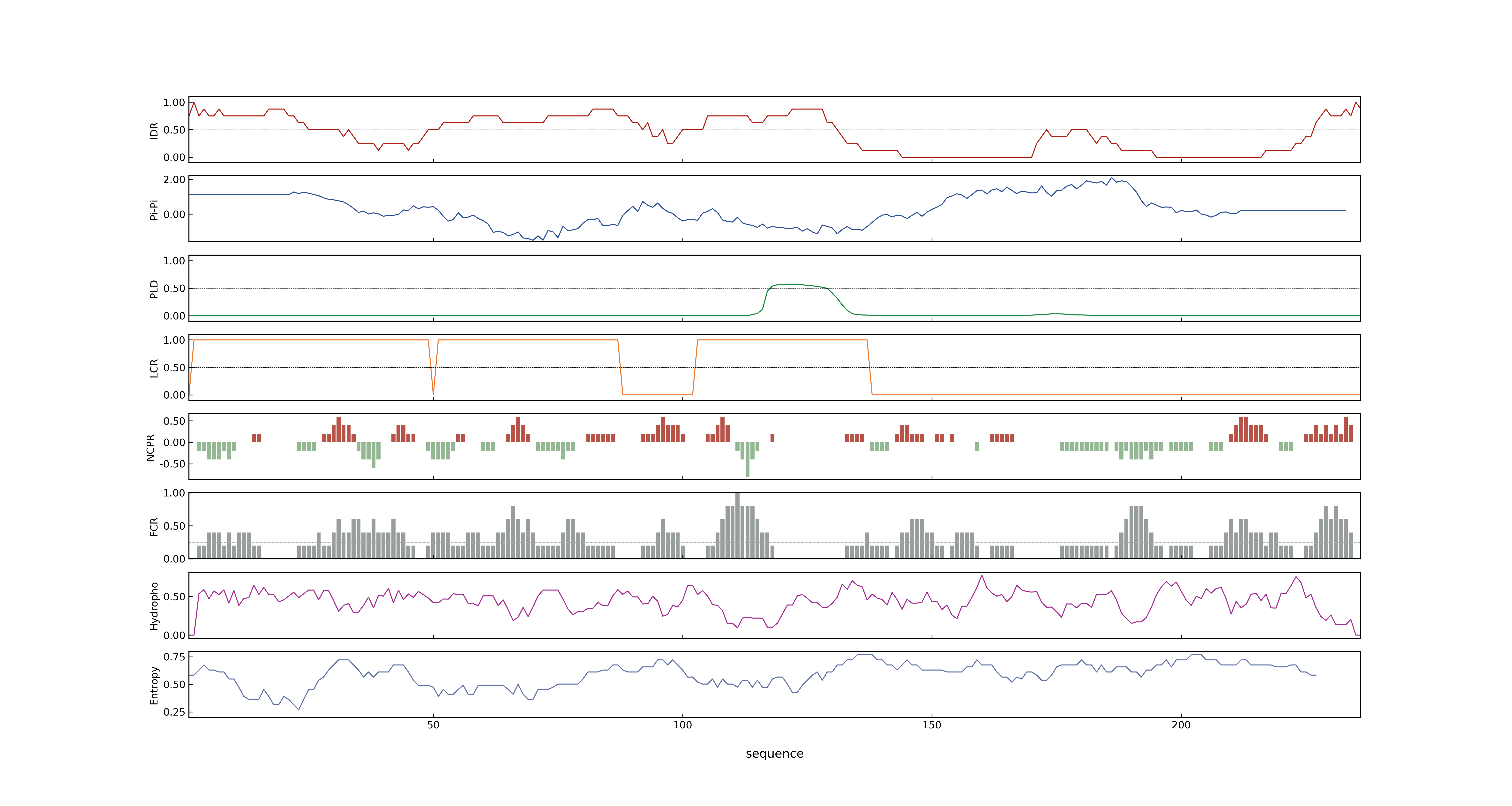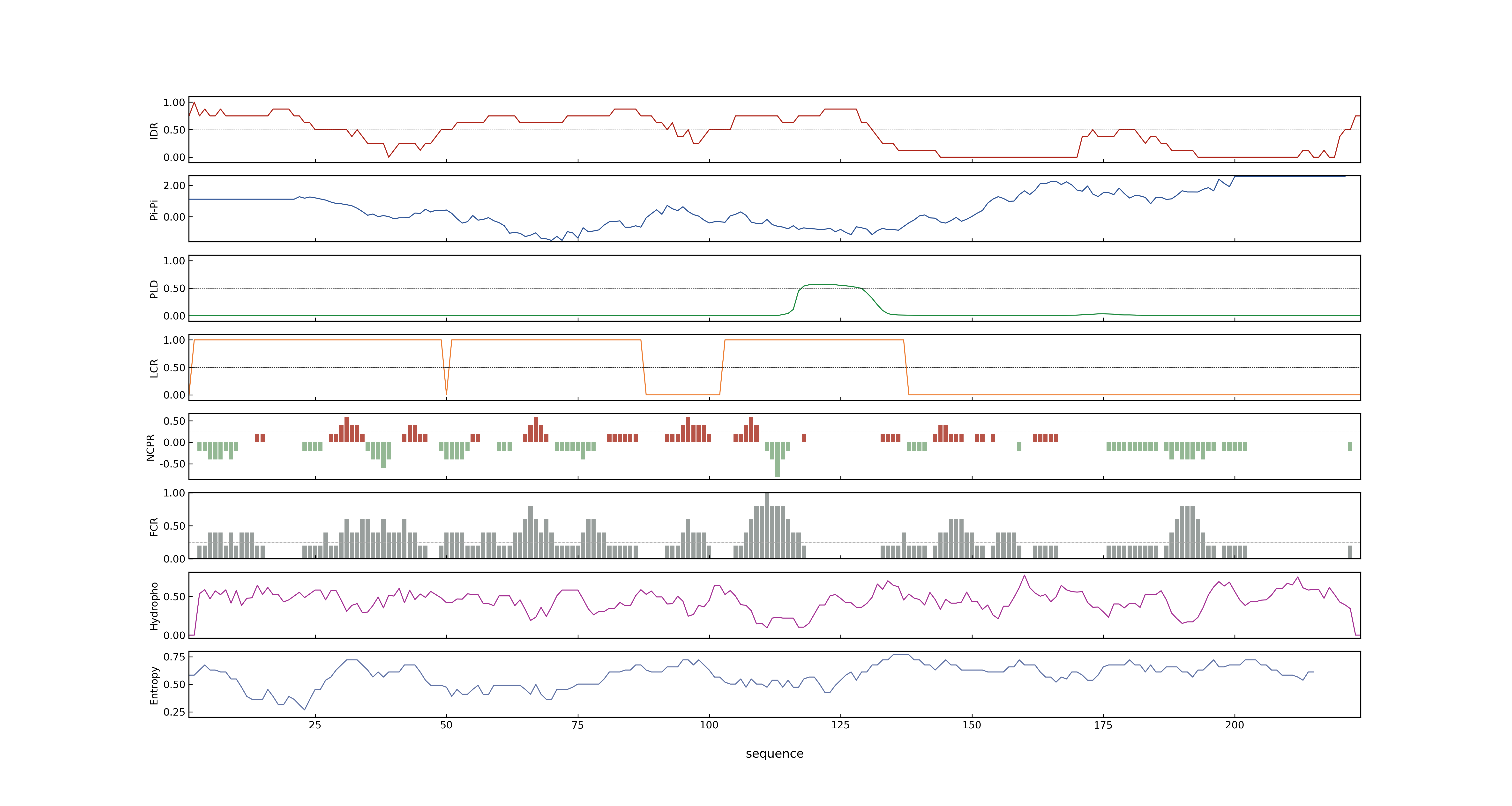- Information
- Symbol: OsIAA13,OsiIAA1
- MSU: LOC_Os03g53150
- RAPdb: Os03g0742900
- PSP score
- LOC_Os03g53150.2: 0.3019
- LOC_Os03g53150.1: 0.5987
- PLAAC score
- LOC_Os03g53150.2: 0
- LOC_Os03g53150.1: 0
- pLDDT score
- 61.26
- Protein Structure from AlphaFold and UniProt
- MolPhase score
- LOC_Os03g53150.1: 0.99368602
- LOC_Os03g53150.2: 0.99785453
- MolPhase Result
- Publication
- Genbank accession number
- Key message
- Earlier, we reported the isolation of OsiIAA1 cDNA, first monocot member of Aux/IAA gene family from rice
- Extending this work further, we have isolated the OsiIAA1 gene from rice localized on chromosome 3
- The increased accumulation of OsiIAA1 transcript in auxin-treated rice coleoptiles even in the presence of a protein synthesis inhibitor, cycloheximide, suggested that OsiIAA1 is a primary auxin response gene; the expression of OsiIAA1 gene was also upregulated in the presence of cycloheximide alone
- The OsiIAA1 transcript levels were down-regulated in etiolated rice coleoptiles irradiated with far-red, red and blue light, suggesting the existence of a cross-talk between auxin and light signaling
- The antibodies raised against His6-OsiIAA1 recombinant protein could detect the OsiIAA1 protein in the plant extract only in the presence of a proteasome inhibitor, MG132, indicating that OsiIAA1 is rapidly degraded by proteasome complex
- Also, the proteasome inhibitor MG132 stabilized the purified His6-OsiIAA1 protein to some extent in the cell-free extracts of rice coleoptiles
- The OsiIAA1 protein harbors two nuclear localization signals (NLSs), one bipartite and the other resembling SV40 type NLS
- These studies indicate that nuclear localization of OsiIAA1 could be a prerequisite for its role in auxin signal transduction
- Exogenous auxin enhances the degradation of a light down-regulated and nuclear-localized OsiIAA1, an Aux/IAA protein from rice, via proteasome
- In this study, we newly isolated and characterized a rice gain-of-function mutant, Osiaa13, containing a single amino acid substitution in the core sequence required for the degradation of the OsIAA13 protein
- The Osiaa13 mutant displayed typical auxin-related phenotypes: the number of lateral roots was significantly reduced and the root gravitropic response was defective
- Osiaa13 mutants also exhibited altered GUS staining controlled by the DR5 promoter in lateral root initiation sites
- Furthermore, expression levels of several genes that might be associated with lateral root initiation were altered in Osiaa13
- Taken together, our results indicate that OsIAA13 is involved in auxin signaling and controls the expression of genes that are required for lateral root initiation in rice
- OsIAA13-mediated auxin signaling is involved in lateral root initiation in rice
- Connection
Prev Next


